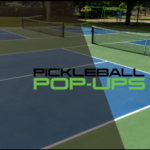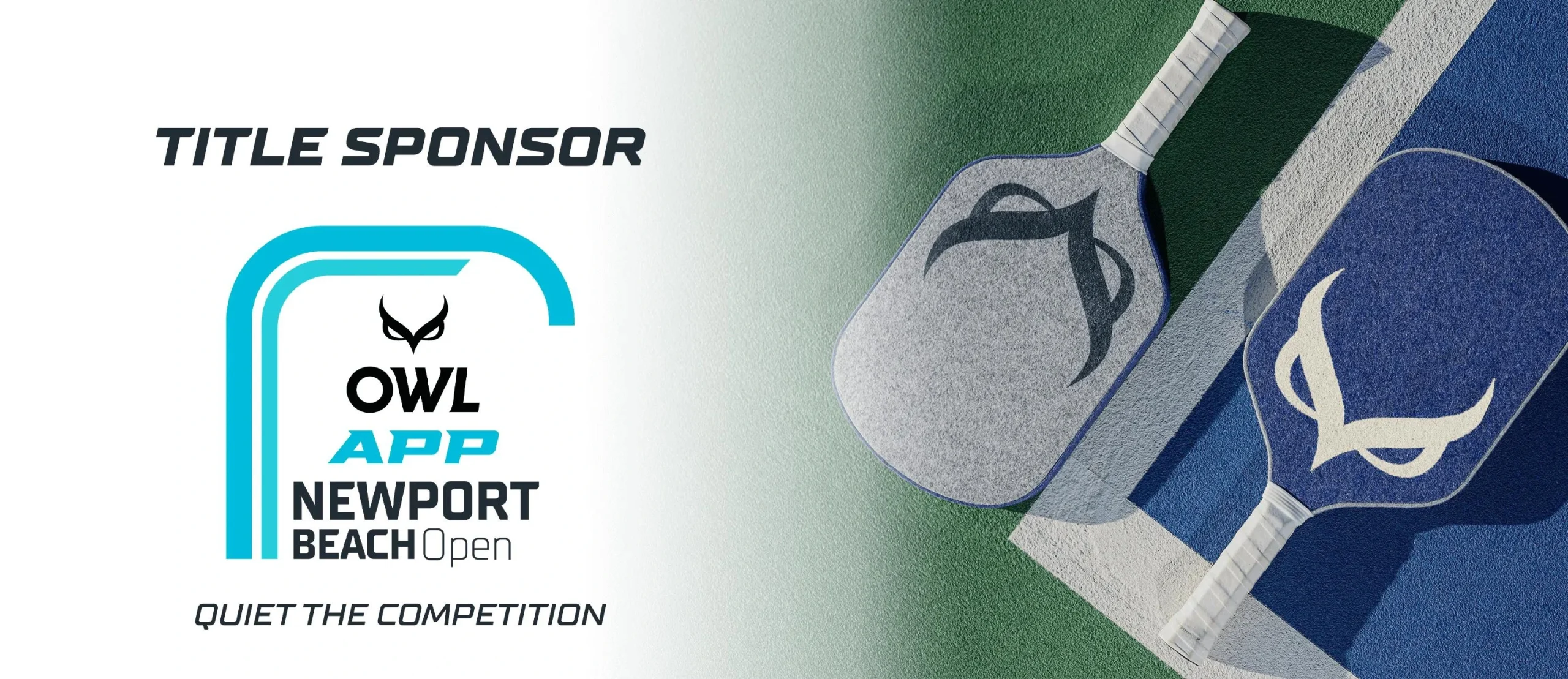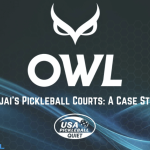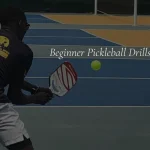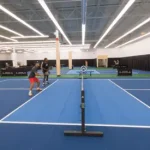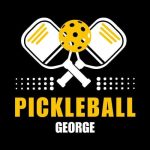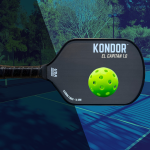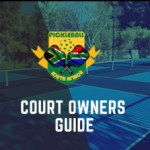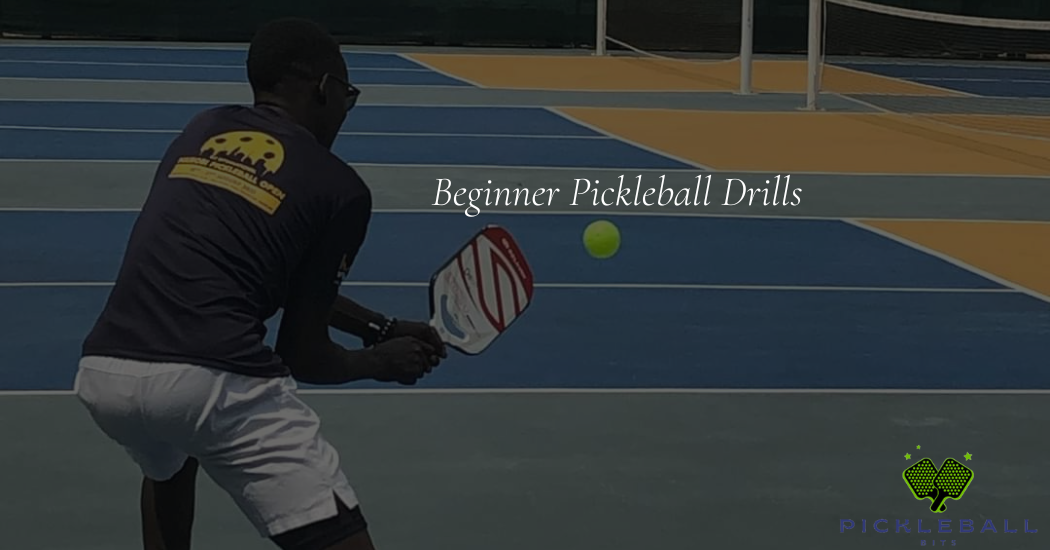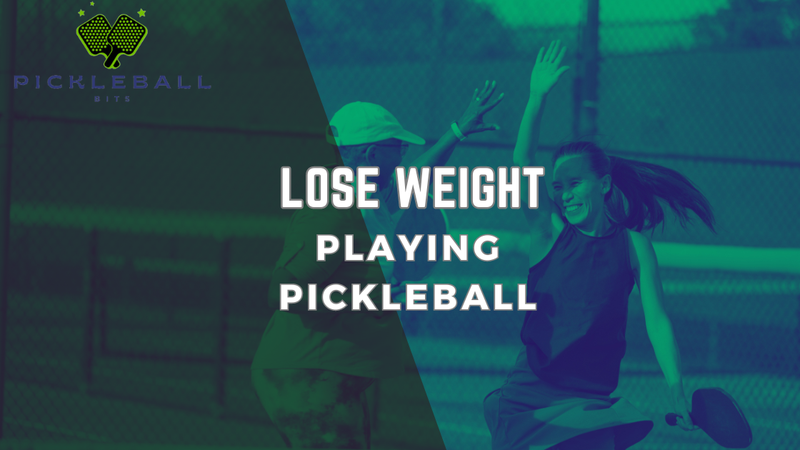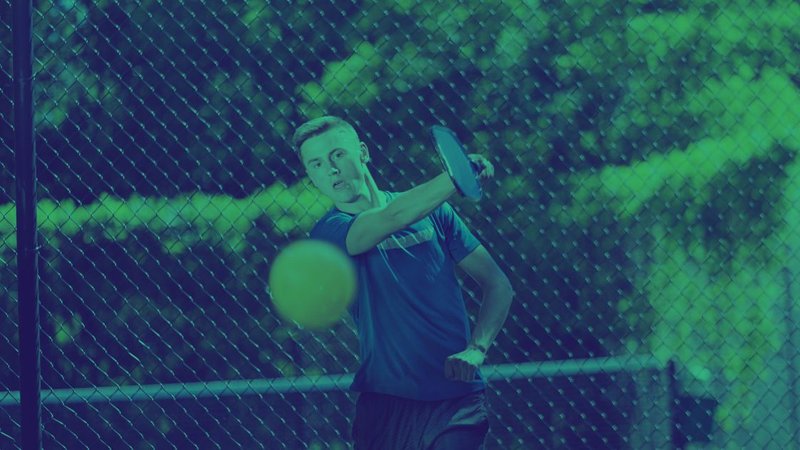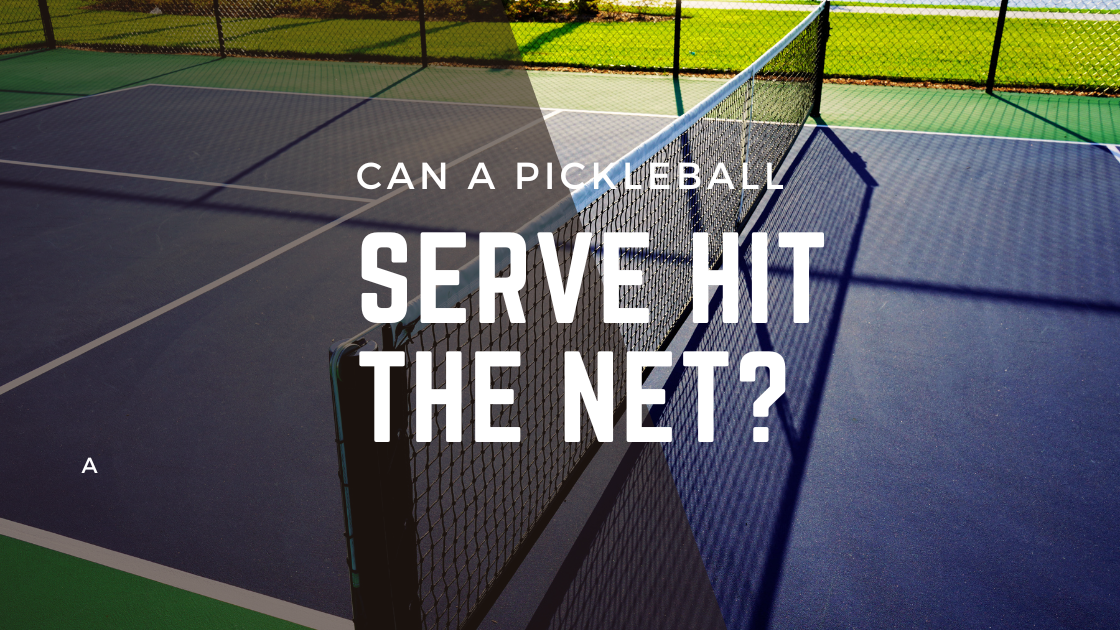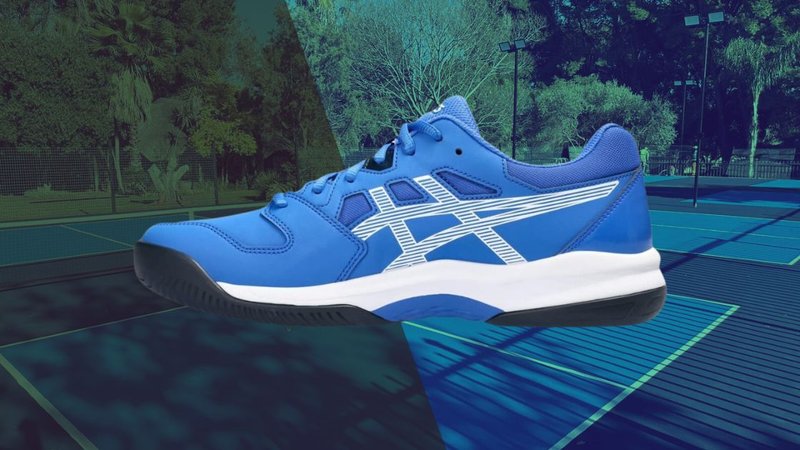When you start out, every individual you play will give you free advice, and you often get what you pay for. I learned that the hard way, but eventually I paid for coaching and learned what the best pickleball drills for beginners were. Improving my dinks and developing return consistency transformed my game.
I’ll run you through the ten drills I did the most frequently, but you can mix and match them for your sessions.
Table of Contents
Introduction To The Best Pickleball Drills For Beginners
Before diving into specific drills, it’s crucial to understand the goals of each drill. As a beginner, you want to work on building the foundation of your pickleball game by focusing on:
- Control: Keeping the ball in play with accuracy.
- Footwork: Moving efficiently around the court.
- Shot Variety: Learning how to execute different shots (dinks, volleys, serves, etc.).
The following drills will target these areas and give you a solid foundation to improve your pickleball skills.
The 10 Best Pickleball Drills for Beginners
1. Dinking Drill
Dinking is a soft, controlled shot aimed at keeping the ball low over the net and out of your opponent’s reach. It’s an essential skill for controlling play at the net and setting up opportunities to score.
Drill: Stand at the kitchen line with a partner and practice softly hitting the ball over the net into the opponent’s kitchen. Focus on consistency, keeping the ball low, and maintaining control.
2. Volley Drill
Volleys are key shots when playing at the net. This drill helps improve reaction time and control, which are crucial when volleying in a fast-paced game.
Drill: With a partner, stand at the kitchen line and hit volleys back and forth without letting the ball bounce. Start slow and gradually increase the pace as you improve.
3. Serve and Return Drill
A strong, consistent serve and return can set the tone for the rest of the rally. This drill focuses on accuracy and depth, helping you improve both your serving and returning abilities.
Drill: Practice serves from the baseline, aiming for specific spots in the opponent’s service box. Then, have a partner return the serve, focusing on a deep, controlled return
4. Third Shot Drop Drill
The third shot drop is a key technique in pickleball, allowing you to transition from the baseline to the net. It’s a soft shot that lands in the opponent’s kitchen, preventing them from attacking.
Drill: Start at the baseline and practice hitting soft, controlled shots that land just inside the opponent’s kitchen area. The goal is to hit a shot that stays low and forces your opponent to play defensively.
5. Target Practice Drill
Control and placement are more important than power in pickleball. This drill helps you focus on aiming your shots accurately, which is a fundamental skill.
Drill: Set up cones or markers in different areas of the court (e.g., corners, sidelines, or kitchen). Aim to hit the ball into these target areas, practicing serves, dinks, or groundstrokes.
6. Footwork and Movement Drill
Proper footwork is key to positioning yourself effectively for each shot. This drill helps you move smoothly around the court and improve your agility.
Drill: Start at the center of the court and have a partner or coach feed balls to different areas (left, right, short, deep). Move quickly to get into position and focus on hitting controlled shots.
7. Wall Drill (Solo)
Don’t have a partner? No problem! The wall drill is a great solo practice technique that allows you to work on consistency and control.
Drill: Hit the ball against a wall, aiming to keep it at a consistent height. Try to alternate between forehand and backhand shots. This drill helps improve hand-eye coordination and paddle control.
8. Paddle Tap Drill (Hand-Eye Coordination)
This is a simple but effective drill to improve hand-eye coordination and paddle control, especially for beginners.
Drill: Hold the paddle and bounce the pickleball on its surface without letting it drop. Try alternating between the forehand and backhand sides of the paddle. Focus on keeping the ball at a consistent height.
9. Lob and Smash Drill
Learning how to defend against lobs and execute overhead smashes will be important as you advance in pickleball.
Drill: Have a partner hit lobs to you while you practice moving back and performing overhead smashes. Focus on timing and footwork, ensuring you get into the right position for each smash.
10. Shadow Drills (No Ball)
Sometimes, practicing the movements without the ball is a good way to build muscle memory and ensure proper technique.
Drill: Stand on the court and practice forehand, backhand, and volley movements without a ball. This allows you to focus on footwork and smooth, controlled motions.
Final Thoughts
Pickleball drills are essential for beginners to master the basic skills needed to enjoy and excel at the game. By focusing on control, footwork, and shot variety, you’ll build a solid foundation for your pickleball journey. Incorporating the drills listed above into your practice routine will help you develop the consistency and confidence needed to compete and have fun on the court.
To get the most out of your training, consider adding videos and pictures to your learning process. Visual aids are a great way to reinforce proper technique and better understand the mechanics of each drill. If you’re practicing dinking, serving, or footwork, consistency and repetition are key to becoming a skilled pickleball player.
Read More articles: Comprehensive Guide On How To Hit A Dink Shot

